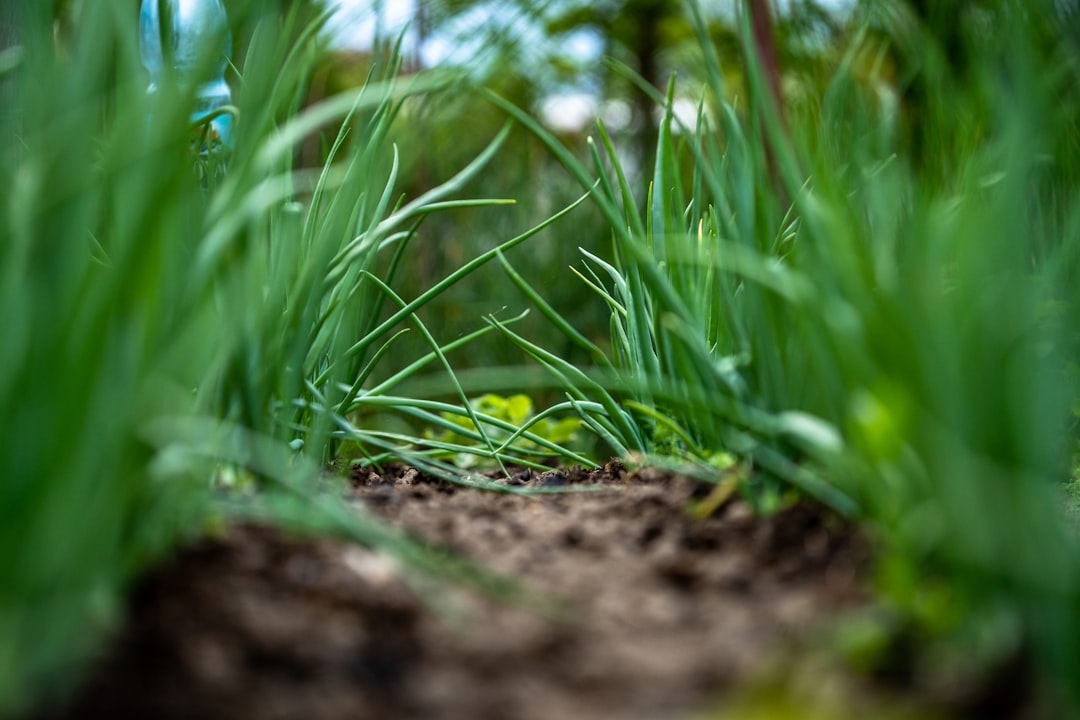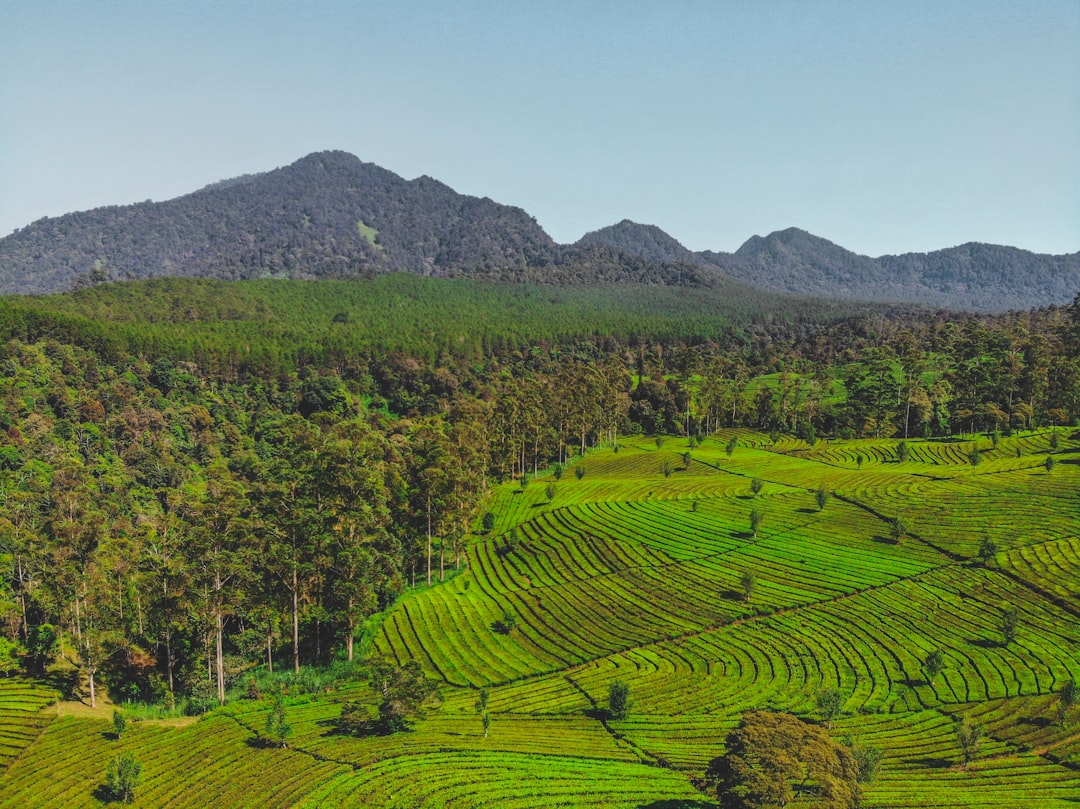What is it about?
This study provides extensive evidence on the effects of inequality and income segregation on COVID-19 mortality in large Brazilian urban agglomerations. Brazil is a country marked by vast socioeconomic and spatial inequalities, and the COVID-19 pandemic has undoubtedly worsened the vulnerability and poverty of a large part of the population. In our primary analysis, we combined data from 152 urban agglomerations nested into 422 municipalities in the country and set up a weekly longitudinal panel to analyze associations between income inequality (based on Gini) and residential segregation (based on dissimilarity index) with mortality caused by COVID-19 in the first year of the pandemic. We used robust econometric techniques to find that a 1 SD increase in inequality and residential segregation was associated with a 17% and 11% increase in COVID-19 mortality in large Brazilian cities, respectively.
Featured Image

Photo by KOBU Agency on Unsplash
Why is it important?
The Brazilian experience reveals that income distribution and social protection policies are needed to mitigate the effects of the pandemic. Initiatives for cooperation and coordination at the local and global levels are also relevant, especially for sharing the experiences of low and middle-income countries such as Brazil.
Perspectives
Similarities and differences in response to the COVID-19 pandemic must be shared, especially in Brazil and other Latin American countries. Socioeconomic inequalities and social vulnerability also constitute risks of greater dissemination and, consequently, more significant mortality. The evidence brought by our study confirmed this. Therefore, social interventions guaranteeing income are relevant mitigation strategies and policy tools during the pandemic.
Firmino Sousa Filho
The center of data and knowledge integration for health (CIDACS, Fiocruz-BA)
Read the Original
This page is a summary of: Association of urban inequality and income segregation with COVID-19 mortality in Brazil, PLoS ONE, November 2022, PLOS,
DOI: 10.1371/journal.pone.0277441.
You can read the full text:
Contributors
The following have contributed to this page










